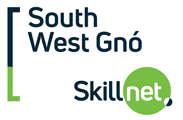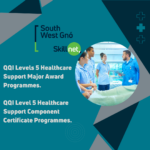|
Welcome – setting the context
Module 1: Inherent Communication Style. |
| GETTING IT RIGHT, RIGHT FROM THE START – Excellence in front line care
The verbal/visual “handshake” – presenting yourself/your service Facial expressions, stance, voice, tone and pitch Matching and mirroring – establishing a relationship What’s the difference in needs and wants? |
|
Module 2: Good Customer Care Components. CARING & EFFICIENT – establishing rapport with the patient/carer What is rapport? Why is it important? What’s Empathy? The science of semiotics in the process Active- reflective- listening – not just hearing but listening “Chunk and check” – conducive information sharing Applying the Calgary-Cambridge ICE technique Safety netting – does the patient really understand? |
|
Module 3: Telephone Call Handling. GOLDEN RULES OF CALL HANDLING – giving the same service Applying these skills to a non-visual situation – adapting the skills for the telephone Does body language matter on the phone? Active listening, good questioning and overcoming barriers What if the patient’s expectations are unrealistic? Negotiating and persuading skills, 2 handed solution finding |
|
Module 4: Difficult Communications. MAINTAINING PROFESSIONALISM – Dealing with difficult situations Why do patients get angry? – what’s our experience? Recognising when it’s starting to go wrong – not ignoring the signs Discovering my reaction to anger – does it help or hinder? LEAPS, PEACE, Cooper Colour Codes – de-escalation skills Observing a difficult phone call – what happened? What should have happened? |
|
Module 5 : Looking After Ourselves. RESILIENCE A little bit of mindfulness and stress management to keep us going |
| REFLECTED LEARNING AND ASSESSMENT – what have you learned today?
Training Provider – Prima Linea Training |
(066) 915 6100
[email protected]






